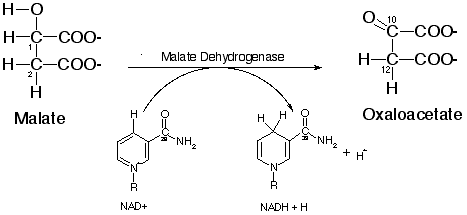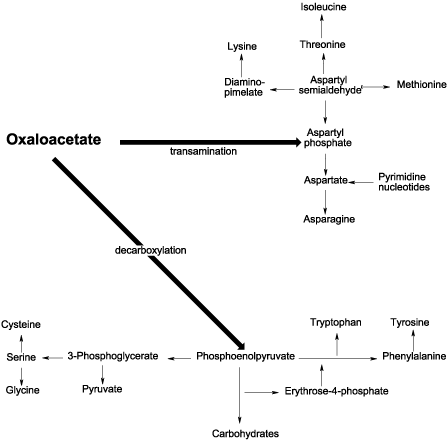
Beside the production of NADH from NAD+, the oxidation of malate produces oxaloacetate which is an important intermediate in several biosynthetic processes.

Although mMDH is found in the mitochondria, it is a nuclear gene product. It is synthesized with a 24-residue amino-terminal transit peptide which is cleaved upon translocation of the enzyme to the mitochondrial matrix.